This post contains references to products from one or more of our advertisers. We may receive compensation when you click on links to those products. For an explanation of our Advertising Disclosure, visit this page.
When reviewing the top cash back cards, you’ll likely find two that are regarded as some of the best: the Chase Freedom Flex® and the Chase Freedom Unlimited®. While neither card charges an annual fee, both earn on categories like travel, restaurants, and drugstores, they do have a few key differences. So, which is better for your wallet? Let’s find out as we compare the Chase Freedom Flex vs Chase Freedom Unlimited cards.
Earns at least 1% on everything: Chase Freedom Flex®
Earn at least 1.5% on everything: Chase Freedom Unlimited®
The information for the Chase Freedom Flex® has been collected independently by Johnny Jet. The card details on this page have not been reviewed or provided by the card issuer.

How the Freedom Flex and Freedom Unlimited Are Similar
Before we cover the differences, let’s first look at the similarities of both cards:
- No annual fee
- 3% foreign transaction fee
- Points can be redeemed for cash back, gift cards, or Amazon credit
- Rewards points can be redeemed for award travel with the Chase Sapphire Preferred® Card, Chase Sapphire Reserve®, or Ink Business Preferred® Credit Card card combo
You can redeem your Chase points directly through the Chase Travel℠ portal for award travel, but they are only worth 1 cent each – the same value as cash rewards or gift cards.
But there’s a way to make each Freedom or Freedom Unlimited point worth 1.25 or 1.5 cents each for award travel, or use them for 1:1 point transfers with the Chase Trifecta card combo that comes with the best Chase credit cards.
If you already own another Chase credit card that earns points, you should consider picking up either credit card to earn bonus points on base purchases. These points qualify for the travel redemption bonus or 1:1 point transfers if you prefer travel rewards to cash back rewards.
However, because of Chase’s 5/24 rule, the Freedom cards aren’t the first Chase travel credit cards you should consider if you’re just starting out in collecting travel rewards. As mentioned above, they are a nice compliment if you hold the Chase Sapphire Preferred® Card, Chase Sapphire Reserve®, or Ink Business Preferred® Credit Card in your wallet.
Chase Freedom Flex
The Chase Freedom Flex® earns up to 5% cash back on the first $1,500 in combined purchases in quarterly bonus categories that you activate. You must activate these categories in order to earn the rewards. There will also be new 5% categories each quarter. You’ll earn 1% on all bonus spending above the $1,500 threshold.
If you max out the $1,500 quarterly bonus each quarter, that’s an extra $240 every year you earn compared to using a flat-rate rewards card that only earns 1% back on every dollar spent.
The 5% bonus categories aren’t announced until two weeks before the quarter begins. You must opt-in each quarter to begin receiving the 5% bonus. Set a phone calendar reminder each quarter to activate the bonus offer. The Chase website has different formats for downloading their calendar.
While there are some changes each year, the 5% reward calendar remains relatively static.
To maximize the Chase Trifecta, use your Chase Freedom Flex® for the first $1,500 of combined spending in the bonus categories. Do this even if you own the Sapphire Preferred which earns an unlimited 2 points per $1 on travel or the Ink Business Preferred which earns 3 points per $1 on phone, internet, cable tv, and other business-type purchases.
The other Chase Freedom Flex bonus categories include:
- 5% cash back on up to $1,500 in combined purchases in bonus categories each quarter you activate (then 1% back)
- 5% cash back on travel purchased through Chase Travel℠
- 3% cash back on dining at restaurants, including takeout and eligible delivery services
- 3% cash back on drugstore purchases
Cardholders earn an unlimited 1% on all remaining purchases.
Related: Discover it vs Chase Freedom Flex: What’s the Better 5% Cash Back Card?
Signup Bonus
New Chase Freedom Flex® cardholders can earn a $200 bonus after they spend $500 on purchases in the first 3 months from account opening.
Highlights
- Points can be transferred to Chase Travel℠ partners with the Chase Sapphire or Ink Business Preferred
- Unlimited 1% rewards on all non-bonus spending
- No redemption minimum for cash back rewards
- You might not benefit from some bonus categories if you don’t usually make purchases from them
- Must opt-in to each quarterly bonus category
Related: Chase Freedom Flex Review
Chase Freedom Unlimited
The Chase Freedom Unlimited® comes with the ability to earn an unlimited:
- 5% cash back on travel purchased through Chase Travel℠
- 3% cash back on dining at restaurants, including takeout and eligible delivery services
- 3% cash back on drugstore purchases
- 1.5% cash back on all other purchases
There is no limit to how much cash back can be earned and no annual fee to worry about.
You might prefer this card more if you crave simplicity or you don’t spend enough in the Chase Freedom’s 5% bonus categories to offset the 1% reward on non-bonus spending.
You will need to compare your regular monthly credit card statements to the Freedom and Freedom Unlimited purchase rewards to see which card is more beneficial.
The Freedom Unlimited is another contender for the Chase Trifecta.
Related: Can You Transfer Freedom Unlimited Points to Sapphire Preferred?
Signup Bonus Offer
New Chase Freedom Unlimited® cardholders can enjoy an additional 1.5% cash back on everything they buy (on up to $20,000 spent in the first year) – worth up to $300 cash back! That means they can enjoy 6.5% cash back on travel purchased through Chase Travel, Chase’s premier rewards program that lets you redeem rewards for cash back, travel, gift cards, and more; 4.5% cash back on drugstore purchases and dining at restaurants, including takeout and eligible delivery service, and 3% on all other purchases (on up to $20,000 spent in the first year).
Highlights
- Points can be eligible for a travel redemption bonus and 1:1 point transfers with Sapphire or Ink Preferred
- Earn on every purchase – no opt-ins required
- A better option if you don’t maximize the Chase Freedom 5% award calendar
- No minimum redemption for cash rewards
Related: Chase Freedom Unlimited Review
When to Go for the Chase Freedom Flex
You should try for the Chase Freedom Flex, one of the best cashback credit cards, instead of the Freedom Unlimited 1.5% back when:
- You will earn more in the rotating categories than in the Unlimited’s categories
- Double your Ink or Sapphire bonus categories in select bonus categories
When to Go for the Chase Freedom Unlimited
The Chase Freedom Unlimited can be the better option when:
- You forget to opt-in to the Chase Freedom quarterly bonus categories
- Earn more with 1.5% back instead of the tiered 5% and 1% Freedom Flex purchase rewards
- Want to earn more back; whether or not you own other Chase credit cards
Chase Freedom Flex vs. Freedom Unlimited
Both of these Chase cash back credit cards are a good complement for your wallet to earn cash rewards or pool your points for award travel. Because of the 3% foreign transaction fee, you’ll only want to use either card for U.S.-based purchases to still profit from the purchase rewards.
Both of these cards are excellent options for use on road trips.
To choose the best credit card, you will need to look beyond how much money you spend each month. This is a fine strategy when you compare flat-rate rewards cards (like some of the best Capital One credit cards for travel). But, this is an apples-to-oranges comparison, despite the many similarities.
Look at how much money you spend in the various purchase categories to estimate your monthly and year-end rewards balance with either card. Then, choose the card with the highest potential payout.
Bonus Mention: The Chase Freedom Student Credit Card
The information for the Chase Freedom® Student credit card has been collected independently by Johnny Jet. The card details on this page have not been reviewed or provided by the card issuer.
If you like both the Chase Freedom Flex and Chase Freedom Unlimited but are a student, you might want to consider the Chase Freedom® Student credit card instead. This no-annual-fee credit card comes with several perks, plus the ability to earn rewards and build and manage your credit.
Plus, you’ll be able to establish a relationship with Chase that may lead to getting a Freedom Flex, Freedom Unlimited, or another Chase offer in the future.
Cardholders can also earn $20 Good Standing Rewards after each account anniversary for up to 5 years. Additionally, cardholders can also earn a credit limit increase after making 5 monthly payments on time within 10 months from account opening and meeting credit criteria.
New Chase Freedom® Student credit card cardholders can earn a $50 bonus after making their first purchase, so long as it is made within the first 3 months from account opening.
You can read more in our Chase Freedom Student credit card post.
Summary
Either the Chase Freedom Flex or Freedom Unlimited will pair well with your spending habits because they have higher purchase rewards than the average cashback credit card that earns 1% on average. I have the Chase Freedom Flex® and use it to maximize its 5% categories. Then I transfer my points to my Sapphire Preferred account, so I can then transfer my points to a Chase travel partner like United or Hyatt.
Earns at least 1% on everything: Chase Freedom Flex®
Earn at least 1.5% on everything: Chase Freedom Unlimited®
Related Posts:

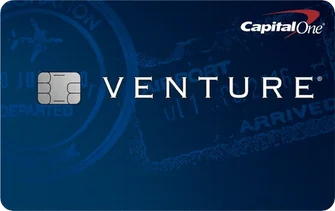
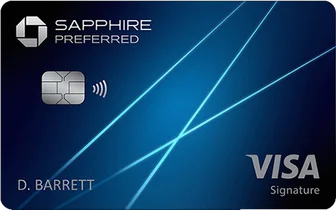
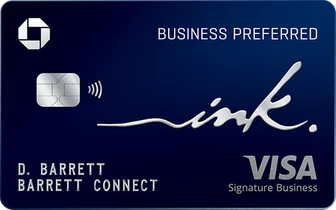
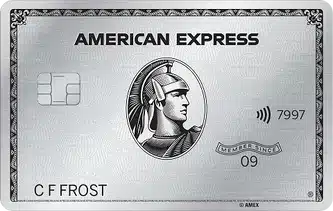
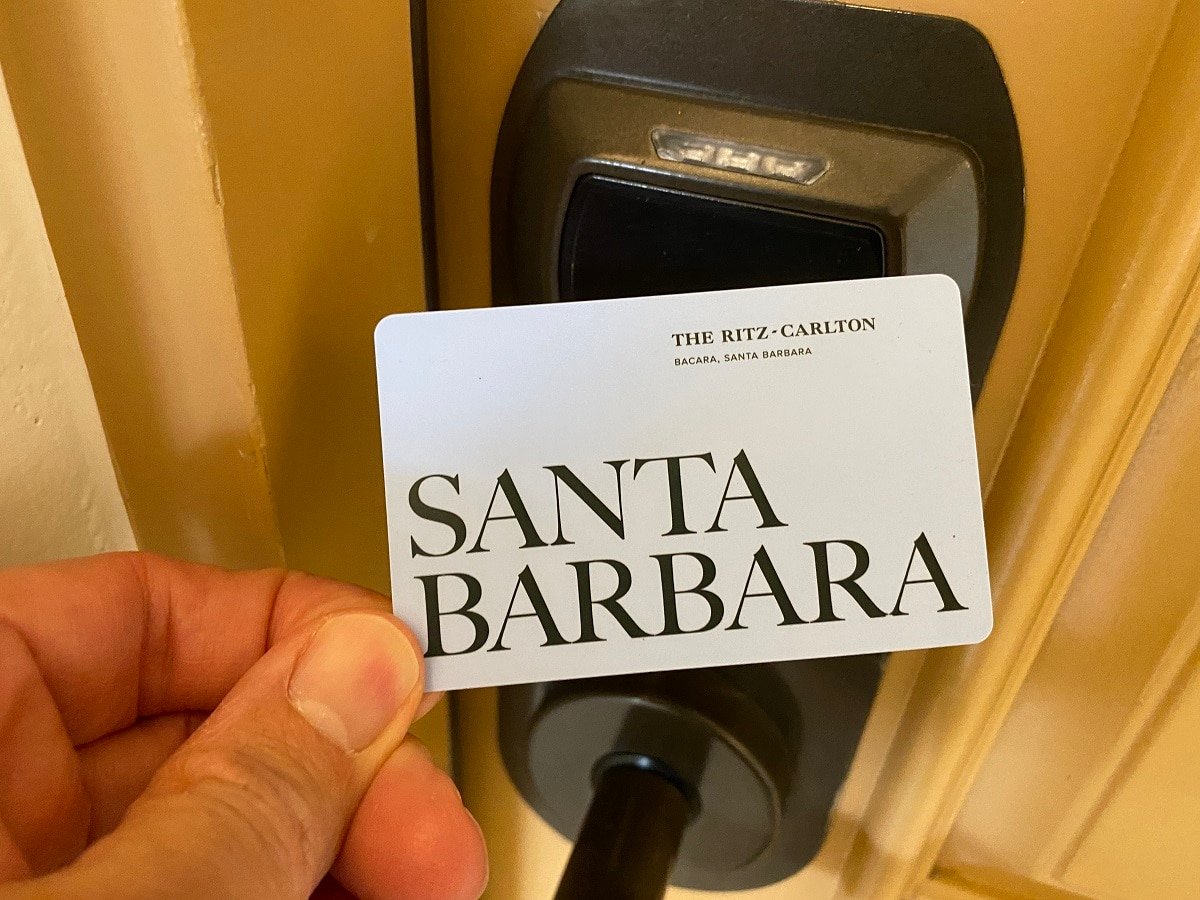


FREEDOOM